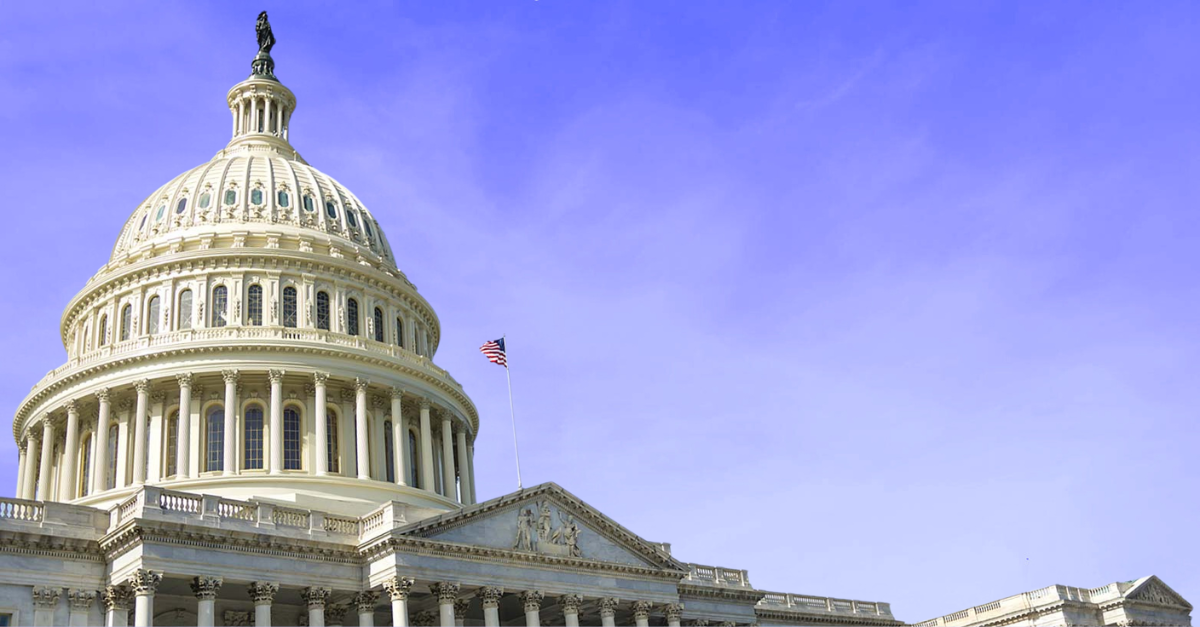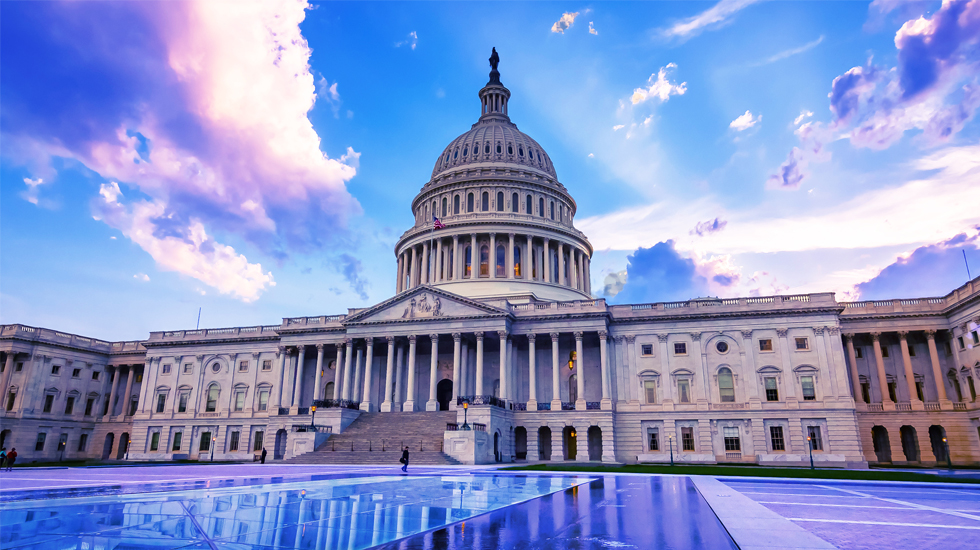AI Action Plan and Executive Orders
Policies to promote innovation, infrastructure and diplomacy and security

KPMG Regulatory Insights
- Shifting to Greater ‘Self-Regulation’: With a general shift away from a federal rules-based approach, expect a growing federal movement toward industry 'self-regulation’.
- Setting Domain-Specific National Standards: For specific domains/industries (e.g., healthcare, energy, agriculture), public-private collaboration in order to develop and adopt domain-specific national standards for AI systems.
- Opening the Sandboxes: To drive a “try-first” culture of exploration and adoption, anticipate the quick establishment of agency-sponsored regulatory sandboxes (or AI Centers of Excellence).
- Coming Scrutiny and Divergence: Given the rapid development and evolution of AI technologies, expect continued legal actions, jurisdictional regulatory divergence, and an evolution of regulatory frameworks over time.
July 2025
The Administration releases its AI policy recommendations and executive directives, including:
- AI Action Plan, which introduces over 90 policy recommendations across three pillars of innovation, infrastructure and diplomacy and security
- AI Executive Orders, related to: expediting permits for data center infrastructure; promoting global export of US AI technology; and procuring “unbiased” large language models.
1. AI Action Plan
Executive Order 14179, “Removing Barriers To American Leadership in Artificial Intelligence,” directed the development of an AI Action Plan, issued by the Assistant to the President for Science and Technology, the Special Advisor for AI and Crypto, and the Assistant to the President for National Security Affairs.
As released, the AI Action Plan puts forth over 90 policy recommendations structured around three pillars, including:
Pillar One: Accelerate AI “Innovation” | ||
|---|---|---|
Area | Key Recommended Actions, including: | Agencies, including: |
Perception of “Onerous Regulation” |
| OSTP/OMB |
State AI Law Rights |
| OSTP/OMB, FCC, FTC |
Open-Source and Open-Weight AI
|
| DOC/NIST, OSTP, NSF |
AI Adoption
|
| FDA, SEC, DOC/NIST, DOD |
Manufacturing and Science
|
| DOD, DOC, DOE, NSF |
Pillar Two: Build Infrastructure | ||
|---|---|---|
Area | Key Recommended Actions, including: | Agencies, including: |
Permitting |
| DOC, DOE |
Power Grids |
| DOE |
U.S. Semiconductor Manufacturing |
| DOC |
Data Centers |
| DOD, NSC, DOD |
Infrastructure Workforce |
| DOL, DOC |
Cybersecurity |
| DHS, DOD, ODNI |
Pillar Three: Lead in Diplomacy and Security | ||
|---|---|---|
Area | Key Recommended Actions, including: | Agencies, including: |
Allies and Partners |
| DOC |
Foreign Influence |
| DOC, DOS |
Export Controls |
| DOC, OSTP, NSC |
Protection Measures |
| DOC, DOS |
National Security Risks |
| DOC, DOD |
Biosecurity |
| OSTP, DOC |
Note: The Assistant to the President for Science and Technology anticipates the recommended policies in the AI Action Plan can be executed in the next six months to one year.
2. Executive Orders
Three new AI-related Executive Orders establish expectations for:
- Rapid buildout of AI data centers and related infrastructure, including provisions for federal financial support (e.g., loans, grants, tax incentives) and expedited, streamlined permitting processes and reviews.
- A coordinated national effort, including technical, financial, and diplomatic resources, to support the development and global deployment of full-stack AI export packages through a new American AI Exports Program.
- Federal procurement of large language models (LLMs) developed in accordance with “unbiased” AI principles, building on EO 13960.
Dive into our thinking:
AI Action Plan and Executive Orders
Policies to promote innovation, infrastructure and diplomacy and security
Download PDFExplore more
Meet our team

Subscribe to receive regulatory and compliance transformation insights
By registering you will periodically receive additional compliance-related communications from KPMG.


